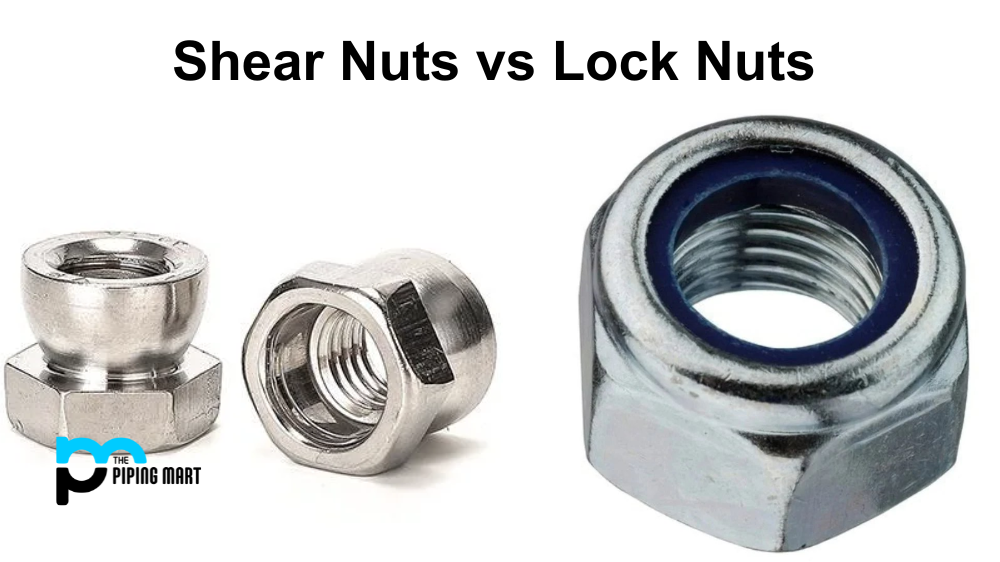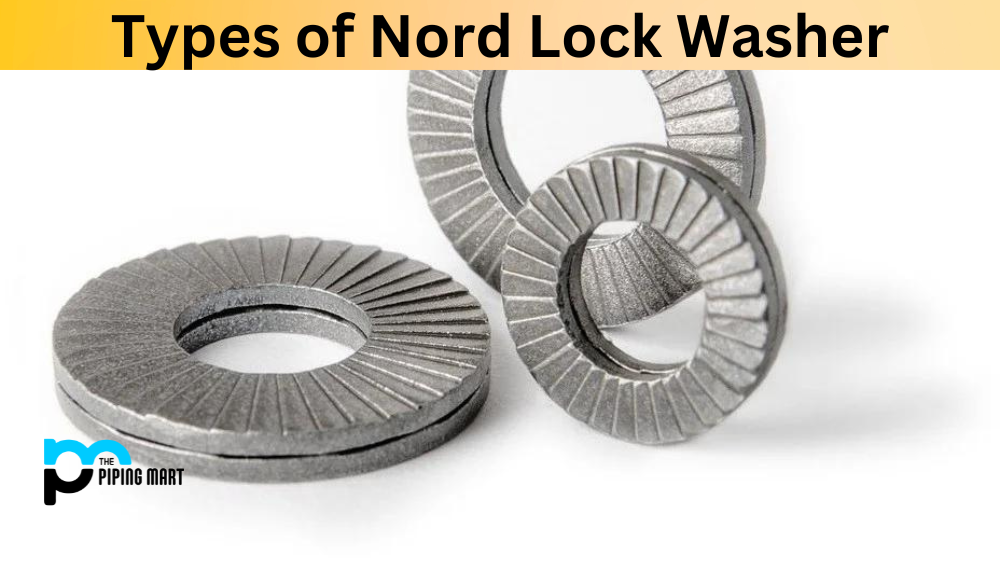There are different types of bolts and nuts in the market. Two of the nuts often compared are Shear Nuts and Lock Nuts. Although both nuts serve the same purpose, there are some differences between them that you should know. This blog post explains the differences between shear nuts and lock nuts to help you determine which nut is best suited for your application.
Shear Nuts: What are They?
Shear nuts are also referred to as snap-off nuts or breakaway nuts. These nuts are designed to break when overtightened, safeguarding the equipment from unauthorized tampering. When used, the hex-shaped part of the nut rotates freely around the tapered base of the nut. When under excessive torque, the hex part breaks away from the base, making removing the bolt and nut impossible without cutting the nut off. It is commonly used on outdoor installations, public utilities, machinery, and other equipment requiring unauthorized access protection.
Lock Nuts – What Are They?
Lock nuts, known as nylon insert lock nuts or NY lock, are designed to prevent vibration-induced loosening. They are fitted with a nylon insert at the end that creates friction against the bolt thread, preventing the nut from spinning loose. The locking insert starts to grip the bolt thread after a few turns of the locking nut, creating a resistance to turning. It is of utmost importance that they never lose pressure, remain tight, and are reusable.
When to Use Shear Nuts?
Shear nuts are commonly used in situations where unauthorized access must be prevented. It can also be used in places subjected to vibration, like continuous machinery operation. Any attempt to loosen or break in requires a high skill or tool, making it almost impossible or challenging to tamper with.
When to Use Lock Nuts?
Lock nuts are excellent for applications where loosening caused by vibration is likely to occur, for instance, in the automotive industry, heavy machinery, and airplanes, among others. The nylon insert in lock nuts creates a frictional resistance that prevents the nut from loosening from the bolt thread.
Cost Differences Between Shear Nuts and Lock Nuts
Shear nuts are generally more expensive than lock nuts. This is because the primary function of shear nuts as tamper-proof needs a high level of skill and effort to replace the attachment. On the other hand, lock nuts are reusable and self-contained, making them inexpensive.
Conclusion:
In summary, Shear Nuts and Lock Nuts have unique features and uses. Shear nuts are designed for tamper-proofing and provide vibration resistance, while Lock nuts are created to prevent vibration-induced loosening. Selection of the two nuts depends on the available space, the type of bolt, tolerance to vibrations, and the intended use. Although Shear nuts are more expensive, they are perfect where security is paramount. Lock nuts provide a cost-effective solution for preventing loosening by offering an ideal locking solution that is reusable and reliable.
Sakshee is a talented blogger, with a particular focus on the Business and Metal Industry. She is passionate about sharing her insights on various metal products and helping professionals to make a better decisions.




